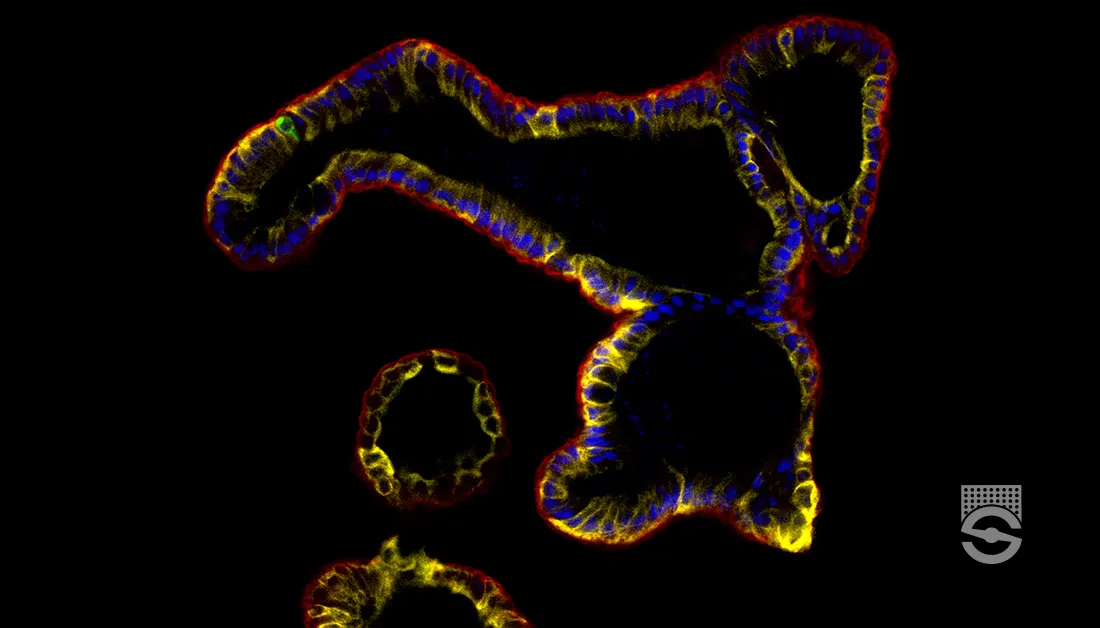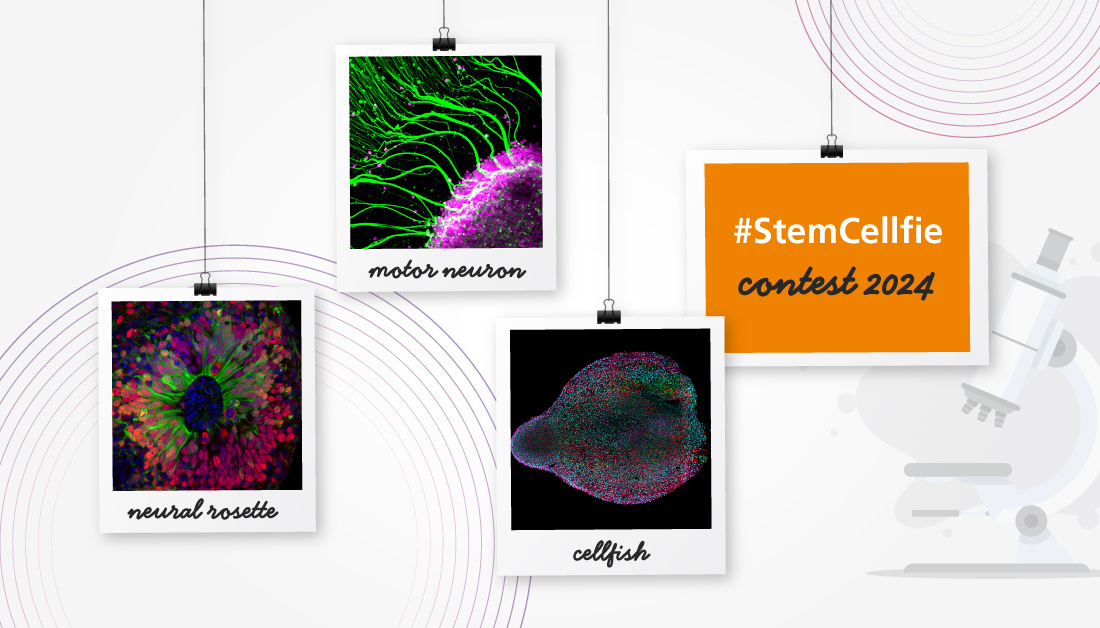King's Silver Impregnation
for Amyloid
Materials
- Pyridine
- Ethanol 50%, 75%, 95%
- Sodium carbonate
Material Amount Sodium carbonate, anhydrous 3.5 g Distilled water 100 mL - Silver nitrate, 10%
Material Amount Silver nitrate 10 g Distilled water 100 mL - Carbol xylene
Material Amount Xylene 3 volumes Phenol 1 volume - Ammoniacal Silver
Material Amount Silver nitrate, 10% aqueous 5 mL Strong ammonia (S.G. 0.880) as required Sodium carbonate, aqueous 6.8 mL Distilled water as required Add ammonium hydroxide drop by drop to 5 mL of the silver solution until the precipitate which forms just redissolves. Add 6.8 mL sodium carbonate solution and sufficient water to make up to 75 mL. For use, add a few drops of pyridine to each 10 mL of the solution.
Tissue Sample
10-15µ free floating frozen sections of formalin fixed tissues. Collect into water and wash in a few changes of distilled water to remove residual formalin.
Protocol
- Add pyridine to 10 mL ammoniacal silver solution and warm to 40°C.
- Float sections in the warm ammoniacal silver until they turn brown.
- Rinse with water.
- Place in 50% ethanol for 5-10 minutes.
- Quickly treat with 75% and 95% ethanols.
- Clear with carbol xylene.
- Mount sections on to slides and coverslip, using a resinous medium.
Expected Results
- Amyloid – brown to black.
Safety Note
Prior to handling any chemical, consult the Safety Data Sheet (SDS) for proper handling and safety precautions.
References
- King, L.S., (1948),
Atypical Amyloid Disease: With Observation on a New Silver Stain for Amyloid, American Journal of Pathology, v 24, page 1095-1115





